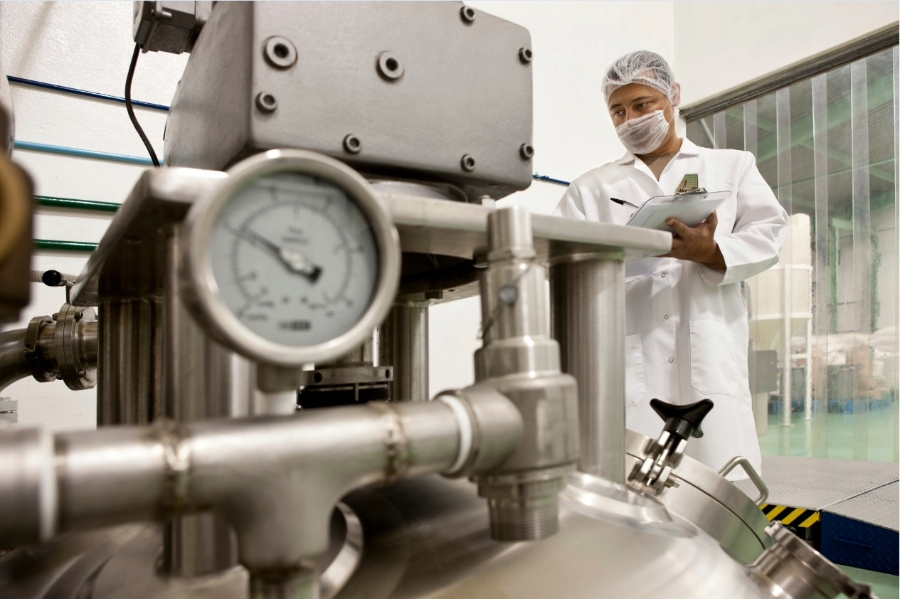Refrigeration: Chilling Adventures
Imagine a world where milk curdles within hours, meat spoils overnight, and fresh produce wilts before you can blink. Sounds appetizing, doesn’t it? Thankfully, we live in a world transformed by the wonder of refrigeration, a technology that has revolutionized food storage and redefined our culinary landscape.
Today, we’ll embark on a chilly adventure, diving into the frosty heart of refrigeration. We’ll explore its fascinating history, delve into the science behind its magic, and uncover its far-reaching impact on our lives. So, grab a metaphorical parka, because things are about to get cool!
From Ice Houses to Innovation: A Chilling History
Our journey began centuries ago when humans relied on rudimentary methods like ice pits and natural caves to keep food from spoiling. Egyptians used the cool Nile breeze to chill their perishables, while Romans cleverly employed snow-filled houses for food storage. These early attempts, though ingenious, were limited by geography and seasonality.
The true revolution arrived in the mid-19th century with the invention of the mechanical refrigerator. American inventor Oliver Evans is credited with the first patent in 1805, though it was William Cullen’s 1748 design that laid the groundwork. These early models were clunky and inefficient, powered by steam engines or dangerous chemicals.
But the quest for a better fridge was relentless. The 20th century saw rapid advancements, with the introduction of electric motors, safer refrigerants like Freon, and the development of automatic defrosting. By the 1950s, the refrigerator had become a ubiquitous household appliance, transforming the way we cook, eat, and live.
The Science of the Chill: How Your Fridge Works
Ever wondered how that metal box keeps your groceries fresh? It all boils down to the ingenious principles of thermodynamics. At its core, a refrigerator is a heat pump, working tirelessly to remove heat from the inside and expel it to the outside. Here’s the breakdown:
- Evaporator: This compartment houses a low-pressure refrigerant gas. As the gas absorbs heat from the food and air inside, it boils and turns into vapor.
- Compressor: This is the heart of the fridge, pumping the refrigerant vapor to a high pressure. This compression process generates heat, which is released to the surrounding air.
- Condenser: This coil releases the heat generated by the compressor to the outside environment, usually through the back of the fridge. As the refrigerant cools down, it condenses back into a liquid.
- Expansion valve: This nifty valve acts as a pressure regulator, reducing the pressure of the cooled liquid refrigerant. This drop in pressure lowers the refrigerant’s boiling point, making it ready to absorb heat all over again.
This cycle repeats continuously, maintaining a constantly cool temperature inside your fridge, keeping your food happy and safe.
Beyond the Kitchen: The Ripple Effect of Refrigeration
The impact of refrigeration extends far beyond keeping your leftovers from going bad. It has shaped entire industries, transformed food distribution, and even influenced global health. Here are just a few of its ripple effects:
- Food Security: Refrigeration has drastically reduced food spoilage, allowing us to transport and store food over long distances. This has improved food security, especially in developing countries, and reduced food waste.
- Global Trade: Fresh produce and perishable goods can now be shipped across continents, fostering international trade and cultural exchange. Imagine enjoying Chilean grapes in December or Thai mangoes in January – all thanks to the humble fridge!
- Medical Advancements: Vaccines and other lifesaving medications require proper storage, and refrigeration plays a crucial role in the healthcare industry. It enables safe storage and transportation of these vital medicines, ensuring better health outcomes for all.
- Scientific Research: Many scientific experiments require precise temperature control, and refrigerators provide the perfect environment for these endeavors. From studying enzymes to developing new materials, refrigeration has become an essential tool for scientific discovery.
The Future of Chilling: Embracing Sustainability
However, the story of refrigeration isn’t without its challenges. Traditional refrigerants can contribute to greenhouse gas emissions, and energy consumption from older models can be significant. Thankfully, the future of refrigeration is looking bright and sustainable.
- Natural refrigerants: Research is underway to develop eco-friendly alternatives to traditional refrigerants, such as ammonia and carbon dioxide. These natural options have a lower environmental impact and offer a promising path to sustainable cooling.
- Energy-efficient models: Manufacturers are constantly innovating, and developing refrigerators with improved insulation and smarter technology to reduce energy consumption. Look for models with Energy Star certification to make an eco-friendly choice.
- Smart fridges: The future of refrigeration is intelligent. Smart fridges can monitor temperature and food levels, optimize cooling, and even alert you when items are about to expire. These advancements can further reduce
Source

